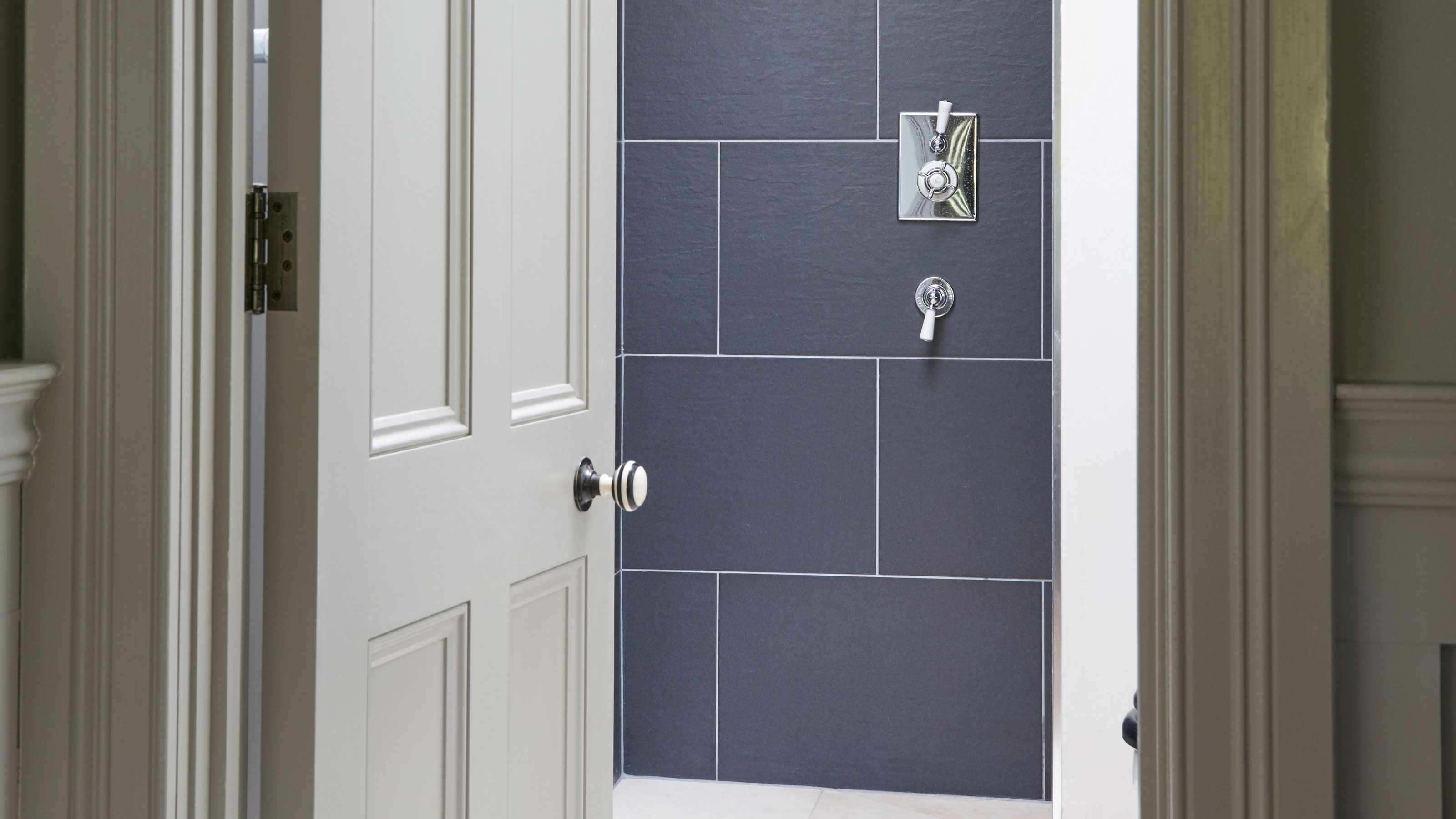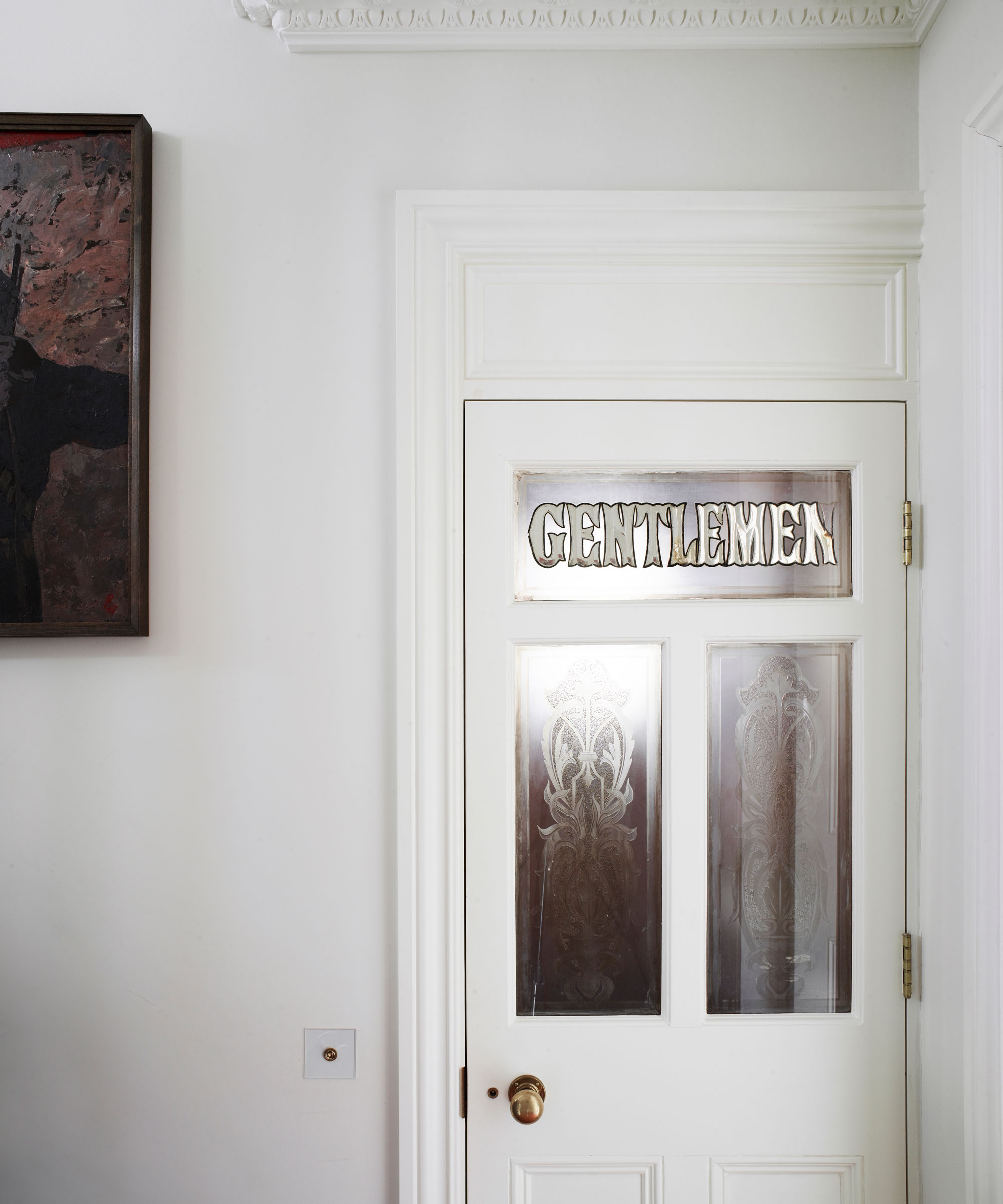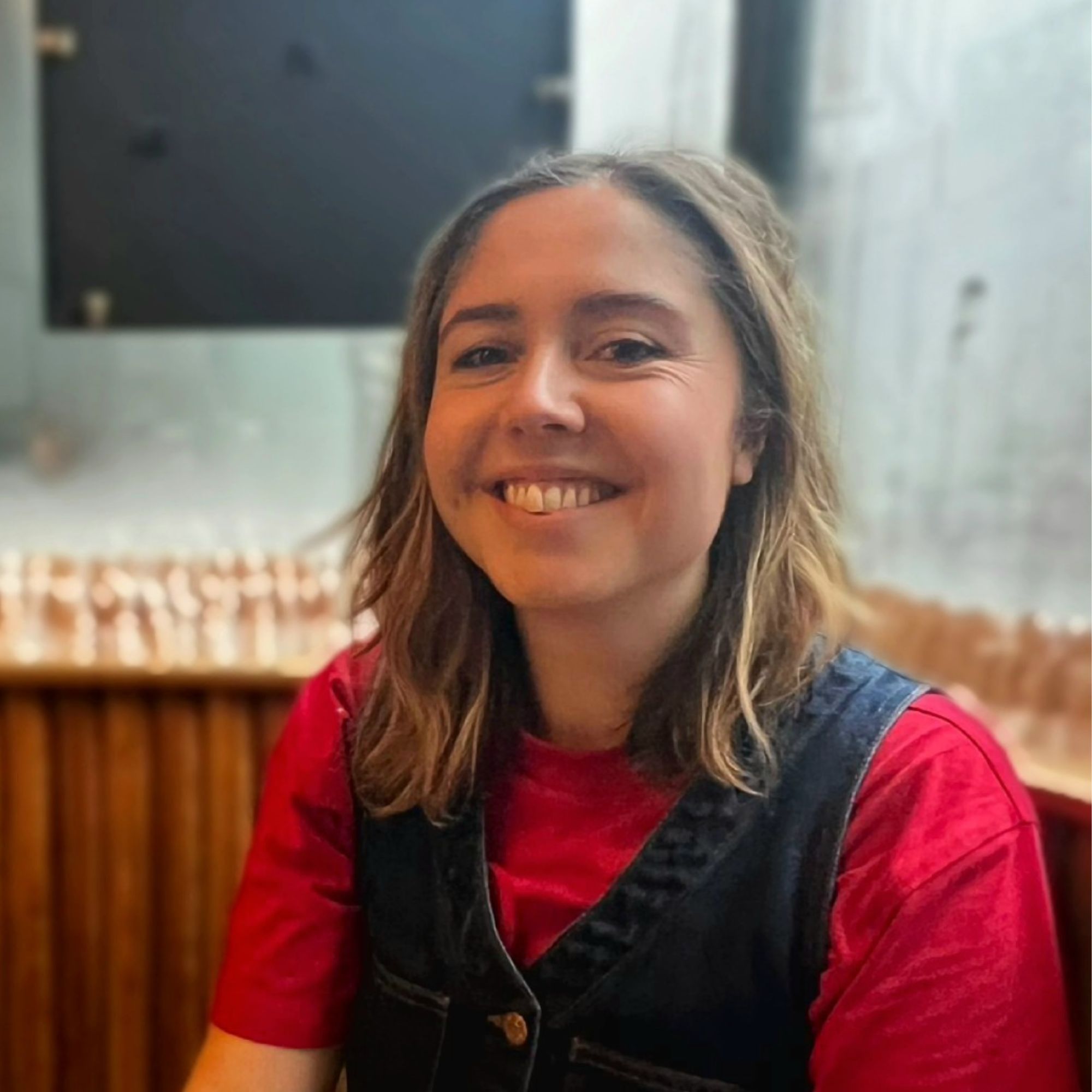How to fix a door that sticks – according to joiners
A few tweaks will ensure there is enough clearance for the door to open and close smoothly


If opening and closing one of your doors has become a workout lately, there are a few steps you can take. First, you'll need to work out where the door is sticking and whether it's due to loose screws, misalignment, humidity or something else.
Our doors are in constant use – they are a fixture in our homes that we tend not to give a second thought until there's something wrong, much like the AC... Fixing a door that sticks is a DIY task that will take a half hour at most, and allows you to move around your home more comfortably, not to mention the fact it could prevent a huge safety hazard in the event of a fire.
Joiners and woodwork experts have shared their tried-and-true methods to get doors operating smoothly again, so no guest gets stuck in the bathroom and closet doors shut with ease.
How to fix a door that sticks
Basement doors are particularly susceptible because they are more exposed to the elements, but any door can end up sticking, compromising on privacy and making it harder to block out the noise from elsewhere in the house. There is only an eighth of an inch gap between the top and two vertical sides of the door and the frame and a three-quarters of an inch gap below, so it doesn't take much for the door to start catching on the frame.
1. Inspect the door and frame

Before picking up your screwdriver, it's worth doing some troubleshooting. 'Finding the source of why your door is sticking can save you a lot of time and energy,' says Jeremy Barltrop, director at Ironmonger G Johns & Sons.
Is it clean? Paint, dirt, and grime can build up around the door frame like any other area of the home, and this could be contributing to the sticking. So wipe down the surfaces with a damp rag or microfiber cloth, at Amazon, being careful not to get the wooden surfaces too wet.
Work out where the door is rubbing on the frame by taking a minute to examine the surfaces for any tell-tale signs, such as worn or scratched surfaces and faded paint.
Design expertise in your inbox – from inspiring decorating ideas and beautiful celebrity homes to practical gardening advice and shopping round-ups.
Look for faulty hinges and loose screws, as there only needs to be one loose screw to stop the door from sitting squarely, causing it to rub against the door frame.
2. Tighten hinges

If you noticed a couple of loose screws, a small adjustment like tightening the hinges may be all you need to do to fix it. If a screw spins but does not tighten, try replacing it with a slightly larger screw to secure it in place.
Adjusting the position of the strike plate can also help if the door is sticking against it.
3. Sand down a side of the door

If you've tightened the hinges and the door is still sticking, it may well be that humidity or seasonal changes in temperature have caused the wood of the frame or door to become swollen. In which case, the door may need to be trimmed down ever so slightly, either with a belt sander or electric hand planer, at Amazon. You can sand the surface manually, too, this will just take a lot more time and effort.
'Remember to sand or plane evenly and test frequently to avoid removing too much material,' says Chinmay Daflapurkar at Express Demo & Waste.
Humidity can even be an issue if the door is made of uPVC, fiberglass or metal because if the frame is wooden there's still potential for the wood to absorb moisture and expand, causing the door to stick.
Control the levels of moisture in the air with one of the best dehumidifiers, and prevent future problems by applying a polyurethane finish, at Walmart, onto the wood, which will form a barrier against moisture and reduce friction. Knowing what humidity your home should be in winter can help us avoid a range of issues at home, like peeling paint and dust mites.
FAQs
Why is my door suddenly sticking?
'Wooden doors can expand and contract with changes in humidity and temperature,' explains Justin Brown a joiner and owner of Timber Shelves. 'A door might stick during a particularly humid season or after a significant change in temperature.
'Other factors for internal wooden doors are when plastering a room which causes high humidity. Wood naturally absorbs any moisture in the air, causing movement and swelling and potentially resulting in sticking,' he says.
How do you fix a door that rubs at the bottom?
If your door is rubbing at the bottom, it could be due to an uneven floor, so check to see if the floor is level. If it is, then you can adjust the doorstop or weatherstripping to help cushion and protect the door, suggests Raf Michalowski from Meble Furniture.
'On the other hand, you can try installing a threshold which will help
provide cushion and support for the bottom of the door. You can also check
to see if the door is warped or sagging. If so, then you may need to
replace it with a new one.'
If none of these steps work, it may be time to ask a professional or to replace the door entirely.
Ironmongery expert Jeremy Barltrop points out that in the colder seasons, your doors can actually shrink, so make sure not to cut too much away from the door or you may end up with the problem of fixing a drafty door.

Millie is a freelance writer and qualified interior designer based in Sheffield. She has many years of experience in the world of content and marketing, and previously worked as the head of Solved at Homes & Gardens. Before that, she worked in SEO at News UK in London and New York. She has a first-class degree in French and Italian from UCL and loves to weave decor into her home that reminds her of time spent living and studying in Bologna. Millie believes a clutter-free space that you love coming home every day is the best secret weapon for our well-being.